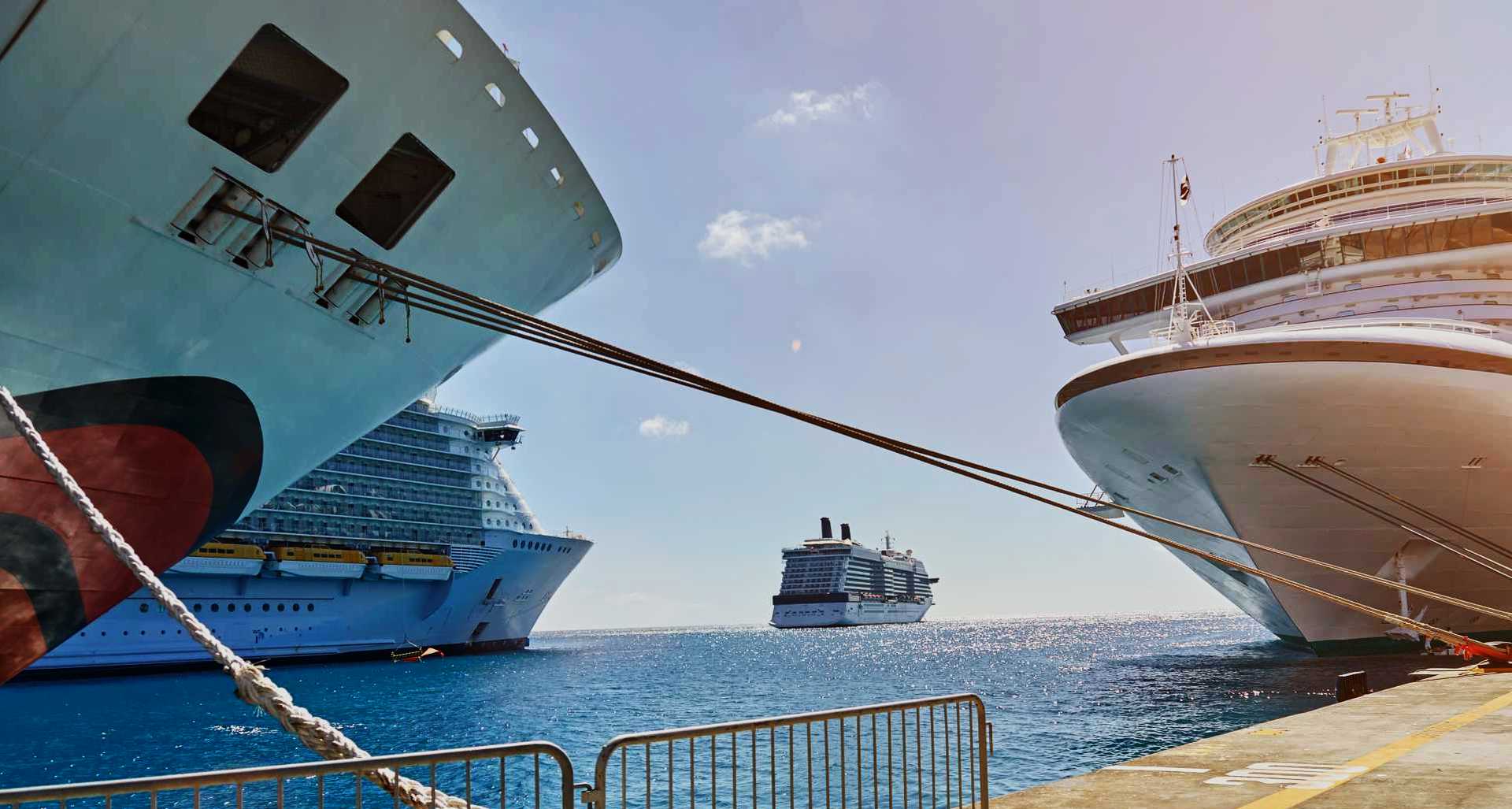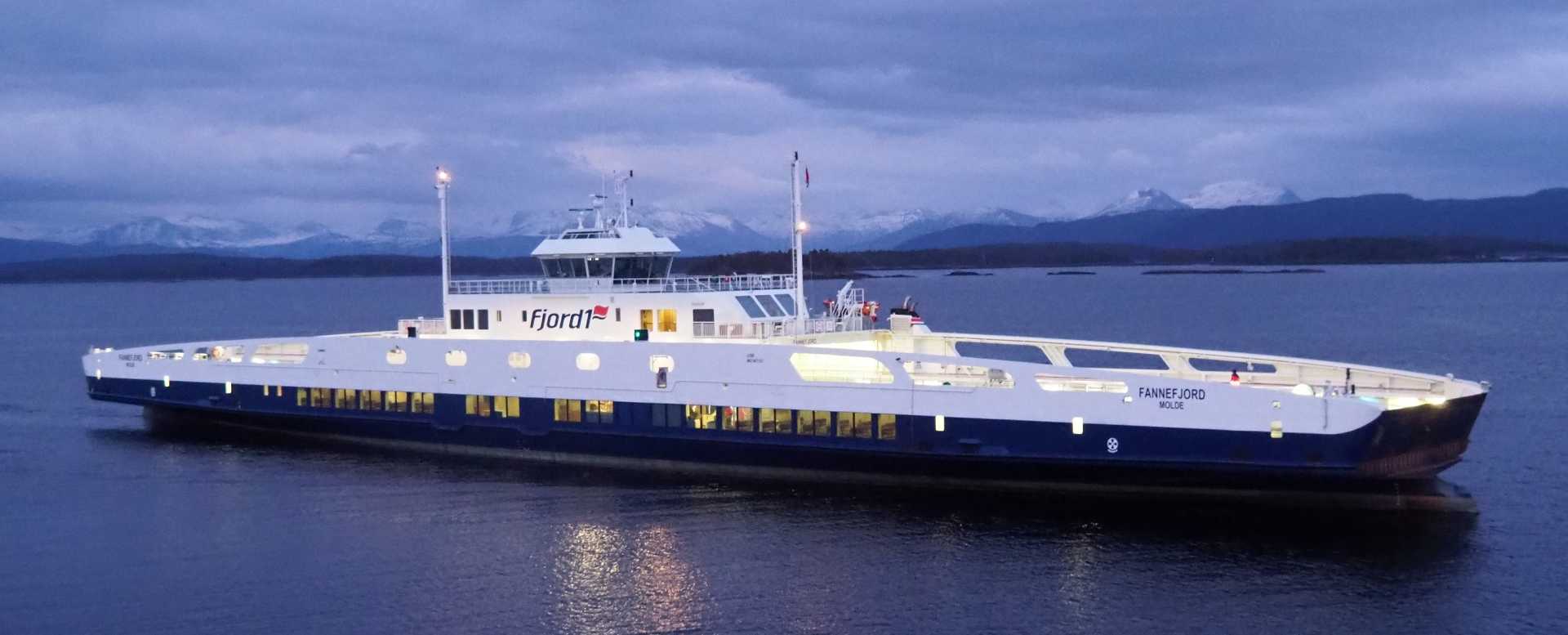Cabin category: Every cruise ship offers accommodations in different categories, ranging from inside staterooms (no windows) to ocean view (with a porthole or panoramic windows) to balcony/veranda rooms to full-blown, multi-room suites. The higher the cabin category, the more you can expect to pay for those accommodations.
Charter: Any group of individuals—a company, church group, or family members—can charter all or part of a cruise ship. It’s a good idea to ask if there are any partial charters booked on any sailing you’re interested in taking. Sometimes large partial-ship charters book entire restaurants for certain nights of the cruise or can be disruptive to other passengers.
Crossing: If you book a “crossing,” that means your itinerary crosses the Atlantic or Pacific oceans.
Advertisement
Cruise contract: The cruise ticket contract lists the terms and conditions passengers agree to when they book a sailing. It lists all types of things, like what you can expect if your cruise is canceled or what happens if you miss embarkation due to travel delays. This document is filled with legalese but you should try to read through it before booking your voyage since you will be signing away some of your rights as soon as you make a payment.
Cruise fare: The cruise fare outlines how much each person will pay for the voyage and stipulates exactly what is included in that fare.
Deck plan: You can’t easily learn your way around a ship without first reviewing the deck plan. These illustrations show what type of staterooms are located on each deck along with the location of elevators, laundry rooms, restaurants, theaters, and shops.
Double occupancy: Most cruise fares are based on double occupancy. That means two people sharing one cabin.
Guarantee: Also known as “run of ship,” a guarantee is a type of cruise fare. You book a particular cabin category but are not assigned a cabin number. Instead, the cruise ship keeps selling that cabin category. If it sells out, you might be bumped up to a better stateroom category. If you’re not, you’re guaranteed a spot in the category you originally booked.
Itinerary: The itinerary lists the voyage’s schedule day by day, noting both ports of call and sea days.
Port expenses: Wherever you sail, each port of call will levy a charge based on local taxes and fees. That fee is charged to the cruise company, which then in turn charges it back to you. Cruise fares generally don’t include port expenses and other taxes and fees.
Repositioning cruise: This is a one-way itinerary that effectively moves a cruise ship from one part of the world to another. Look for repositioning cruises as the seasons change, as these itineraries are often well priced.
Sea day: A day in which the cruise ship does not visit a port of call and stays on the open water.
Shorex: This is the abbreviation for “shore excursion.” You can book a shorex through your cruise line or independently.
Single supplement: Cruise fares are based on double occupancy. If you are traveling solo, you will likely be charged a single supplement. Some cruise ships charge 150 to 200 percent of the cruise fare while other ships offer a small number of single cabins that don’t cost extra. Most river cruise lines are moving away from the idea of the single supplement and offer sailings that won’t cost extra for solo travelers.
Transfer: A transfer can be the bus ride from the airport to your docked cruise ship or from the cruise ship to a hotel you’ve booked through the cruise line for a post-cruise stay. If you buy your airfare directly from the cruise line, it will usually include transfers to and from the ship. If you are traveling independent, you can inquire about paying extra for the ship-sponsored transfers.
Butler: A butler assists cruisers with everyday tasks like unpacking and packing laundry and making restaurant and spa reservations. The butler also serves meals en-suite and can provide afternoon teatime snacks or cocktails before dinner.
Cabin: Your room aboard a cruise ship may be called a cabin or stateroom or, if you’ve upgraded to a higher category, a suite.
Cabin attendants: Cruise ship cabins are cleaned and serviced by cabin attendants, also known as stewards and stewardesses. Some cabin categories also come with butler service.
Cruise director: This person is the “face” of the cruise ship and acts as the emcee at events like the captain’s reception and deck parties.
Purser: The ship’s purser handles all monetary transactions onboard. You can find him or her at the reception desk.
Bridge: The navigational control center of the ship is called the bridge. This area is usually off limits to passengers although smaller lines—like Windstar Cruises and Un-Cruise Adventures—do invite their guests to visit the bridge at certain times throughout the voyage.
Dock vs. tender: When you read your cruise brochure, the itinerary will list the ports of call and a note next to them will indicate either “dock” or “tender.” Dock means that the ship will actually pull up to the pier and deploy the gangway. You’ll simply walk off the ship into port. A tender port indicates that the ship will anchor in the bay near the port. You will board a smaller vessel that will ferry you between the cruise ship and port.
Embarkation/disembarkation: When you first board your cruise ship, you are embarking. You disembark the ship at the end of the cruise.
First seating/second seating: In the old days, almost all cruise ships had set dining times. You sat with the same people every night and ate your evening meal at the same time. First seating refers to the early dinnertime while second, or late, seating happens thereafter. But this sort of fixed seating arrangement has become less popular, as cruisers now tend to prefer open seating.
Trending Stories
Galley: A ship’s kitchen is called the galley. Sometimes larger cruise ships offer fun galley tours.
Gangway: The gangway is the ramp or staircase you use to embark or disembark from the ship.
Muster/muster station: Every cruise passenger is assigned to a “muster station.” This is where you are instructed to gather—with your life jacket—in case of emergency. You will be called to your muster station at the beginning of your cruise so the crew can explain what to do in case of emergency.
Open seating: Many of today’s cruise ships have segued from fixed dining times to open seating, which means you can dine whenever you want and with whomever you want.
Roll: In rougher seas you might feel a little “roll,” the side-to-side movement of the ship.
Ship locations: Specific words are used to describe locations aboard watercraft. The stern is at the very back of the ship (aft is the back portion of the entire ship). The bow is the very front. Forward is near the front of the ship while midship is—you guessed it—the midpoint of the boat. Portside is the left side of the ship (as you face forward) while the starboard side is on the right. If you’re looking for the pool, head to the “lido” deck.
Specialty restaurant: A specialty, or alternative, restaurant requires a nightly per person fee in addition to your cruise fare.
Wake: The wake is the pretty trail of waves at the stern that’s created as the ship moves forward.



